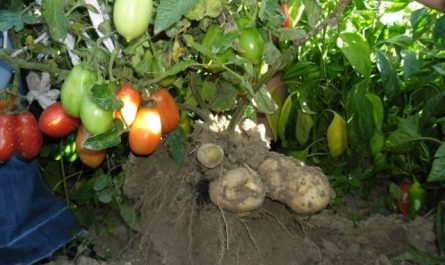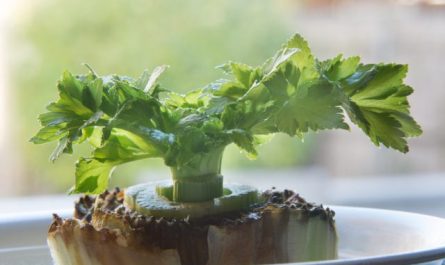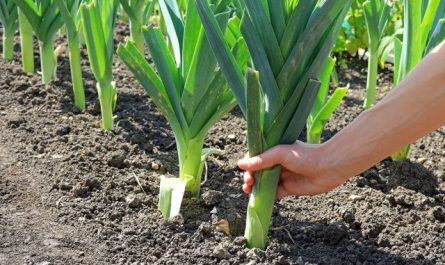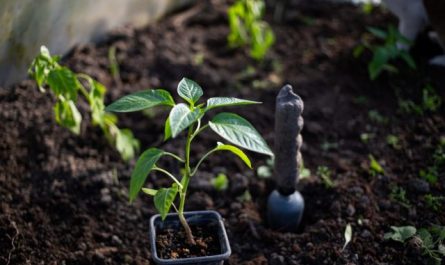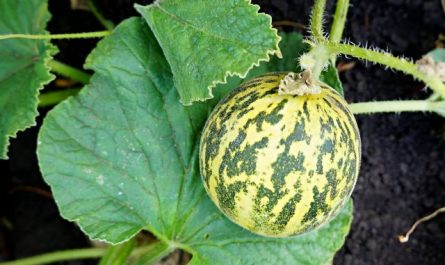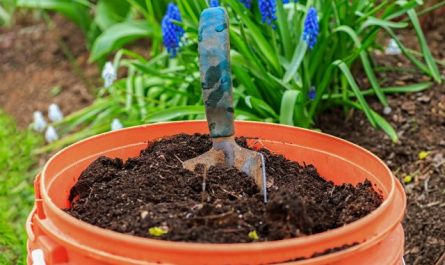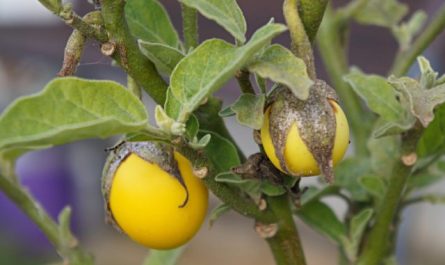This vegetable used to look completely different, unsightly, less tasty, and not everyone would dare to eat it. Now carrots are a wonderful and literally irreplaceable vegetable, which is used from feeding children to food for the elderly. And, it would seem, what could be simpler? Prepare a bed, sow carrot seeds, even plant onions nearby so that there is no trace of onion flies, and the harvest is just nothing. What is the reason and what to do? In this article, we will consider 12 possible reasons for poor carrot growth and tell you what to do in this or that case.

1. The vagaries of the weather
As is known, carrot seeds germinate well at three degrees Celsius, and carrots grow well if the temperature outside is from +18 to +24 degrees above zero, but if it is hotter, their growth slows down sharply.
How to help? I would advise cooling the soil in the evening by watering it with a hose, but not by sprinkling, but by gravity, so that the soil cools down at least a couple of centimeters, naturally, it will also lower the air temperature, this sometimes helps.
2. Dry, too wet or compacted soil
Carrots will grow best in light and moderately moist soils. If it is dry, the root crop will not grow, there is no chance in excessively damp soil either, if the soil is dense, it may grow, but strange and gnarled.
How to fix dense soil? A bucket of river sand per square meter (that’s 12 or 13 kg), until the soil becomes loose and fluffy, then the carrots will be just very comfortable, and you’ll be surprised how perfect it will be.
Those who think that carrot seeds can be sown directly on the surface of the turf are also very much mistaken. Contrary to the opinion that carrots are practically a weed, they need prepared soil. Therefore, before sowing carrot seeds, be sure to dig the soil deeply to the full depth of a shovel, loosen it, and then I advise you to go over it with a rake so that the bed for sowing carrots is softer than a grandma’s feather bed.
3. Placement of carrot beds in the shade
Continuing with the topic of soil, root crops will grow well only in soils that are fully exposed to the sun’s rays; they may not tolerate even short-term shade and will slow down their development.
Ideally, a vegetable grower should arrange the carrot beds in such a way that each plant is illuminated by the sun and does not shade each other. Naturally, placing them near large crops, such as corn, is unacceptable or permissible only if these plants (tall ones) are located on the north side of the carrots, that is, they will not create any shade for them.
4. The soil is too acidic
Carrots are a capricious crop, and if the soil in your area is too acidic (pH 5,5 and below), then in the fall, before spring sowing of carrot seeds, be sure to add a glass of dolomite flour per square meter to the soil.
Ideally, the soil for carrots should have a pH of 6-7. You can check the pH with a simple litmus paper by dissolving the soil in a glass of water, dipping the paper in there, and then comparing the color of the paper with the scale on the package.
5. Loosening the soil
And, in general, how do you feel about the soil? Are you aware that the most crucial moment for carrots is the period when the seeds germinate and shoots appear? So, during this period, it is extremely bad if there is a soil crust on the surface of the soil.
Ideally, after each rain or watering, you need to destroy it as carefully as possible. If you have carrots in your dacha, then so that the soil crust does not slow down its growth, you need to cover it with a thin (a couple of millimeters) layer of wood ash after each watering, before leaving (this is a good potassium fertilizer, and it also contains microelements).

6. Incorrectly selected seeds
By the way, few people know that length does matter. So, the shorter and smaller the carrot root, the faster it ripens and vice versa. Therefore, when choosing seeds, read what is written on the package, and do not chase gigantism, it is of little use.
A lyrical digression for those who are not satisfied with the growth rate of carrots – read the packaging more carefully, early varieties have a ripening period of 55-65 days. You can’t say that you sowed yesterday and harvested today. And such varieties do not store at all – I was convinced from my own experience.
7. Incorrect crop rotation
Predecessor? Have they really forgotten? But, fortunately, with carrots, things are not that complicated, and when choosing a predecessor crop, you can focus on just a couple of main requirements.
The first, and I think the most basic requirement, is that in a bed where there were carrots, re-sowing carrots is, at the very least, stupid; wait two years, or better yet three, and you will see for yourself that the result will be completely different.
Well, the second rule is that carrots grow best only after tomatoes, cucumbers, potatoes, cabbage, onions, garlic, greens, but it is better not to plant after lettuce and parsley, it’s simple – there may be common pests.
8. Thickened crops
Have you even pulled the carrots? Do you know that the optimal width between rows when planting carrots should be 22-23 cm, and the width of the bed should not be more than one and a half meters? On such a bed, four rows of carrots fit, and no more is needed.
Thickened crops, by the way, are pulled out in the phase of a pair of true leaves, and after some time (usually two or three weeks) once more, so that there is 4-6 cm of free space between each carrot. And before thinning, first water the bed, and then pull up the desired bush. If you do not water the bed, then you can affect neighboring plants, and this will affect their poor growth in the future.

9. Incorrect planting depth
This is what beginners do, for some reason they try to push it deeper, but why? The optimal depth of carrot seeds on dense clay soil can be just a centimeter, but if the soil is loose and sandy, you can push it deeper – up to four or even five centimeters. Here, of course, it depends on the moisture content of the soil, otherwise you can plant it deep, and then water it so superficially that the moisture will not even reach the seeds.
And a personal secret: if you see that the spring is dry, if there is a minimum of rain and the water dries up, falling immediately on the surface of the soil, and the soil, on top of everything else, looks like a desert, then you can sow the seeds to a depth of five centimeters, and if the soil is dense and it rains often, then plant the seeds almost at the very surface.
10. Carrot hilling
Haven’t you forgotten about hilling? It seems like a simple operation, but for some reason few people do it. The thing is that during the growth period, a small, but still part of the carrot root located on top, as if sticks out of the soil, it becomes bare, becomes not the carrot color we are used to, but a less pleasant one – green, and begins to accumulate a poison, albeit not very dangerous, called solanine. At the same time, the growth of carrots stops, freezes.
Therefore, it is necessary to monitor the plantation and hill it in time, which is especially effective after watering, rain or on cloudy days, when the flight of carrot flies is minimal or does not exist at all.
11. Well, and about watering
Watering carrots is a complicated thing, and many people start to panic, asking why the root vegetables are not growing. In fact, carrots like the golden mean: plenty, but not too much moisture.
Carrots also have their own biological subtleties that a real gardener should know about, for example, the growth of root crops begins actively after the growth of the leaf mass has finished, and there is no need to pull the tops out of the soil and shout “where is the root crop?!”
Usually, the growth of the root crop occurs in the last quarter of the growth of the above-ground leaf mass. It follows that during the period of active growth, carrots need maximum moisture, but if you moisten the soil when the root crops finish growing, you can slow down their development or cause them to crack.

Of course, you should not forget about the norms of watering carrots so that the root crop does not stop its development. For example, in hot weather, when moisture evaporates, you can water the carrots three times a week in the evening, using only four liters of water per square meter for young plants. But in the middle of the carrot growing season, you can water once a week, pouring a bucket of water per square meter, and again reduce closer to the end of the growing season, as we mentioned earlier.
12. Proper feeding
Carrots may not grow for the simple reason that you are not feeding them correctly. You don’t need to do a lot of fertilizing, otherwise you will get angry comments about the amount of nitrates and that there are a lot of useful things in the air too. I only did three fertilizings on my plot and that was enough.
The first feeding was done by me and many gardeners after the emergence of shoots – in about three weeks. For this, we used liquid fertilizer – usually a tablespoon of nitrophoska per bucket of water. The carrots were fed again after 15-18 days, using two, but teaspoons per bucket of water, also in dissolved form.
Carrots respond very well to the introduction of potassium sulfate solution (literally 6-7 g per bucket of water at the consumption rate per square meter). It turns out that this is the third feeding, it has a positive effect on both the growth of root crops and their taste (they will be sweeter).
Have you decided to fertilize the soil with manure? Well, then add it in the spring at 5-6 kg per square meter of soil. During the season before planting carrots, let the manure decompose, dissolve, and turn into a form accessible to plants, then in the fall add 500 g of wood ash per square meter and you can safely plant carrots. The result will be wonderful.
Well, we tried to answer all the questions about why carrots don’t grow and what to do about it. If you have any questions, ask them in the comments. If you have your own secrets for getting a good carrot harvest, we’d also be happy to hear about them.
